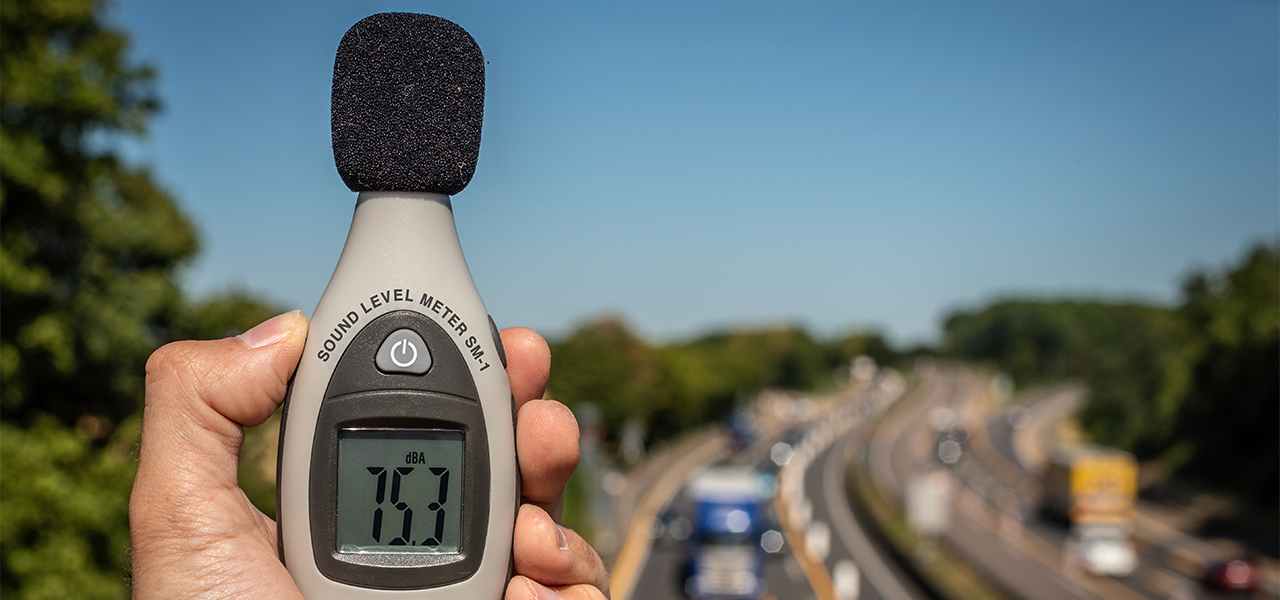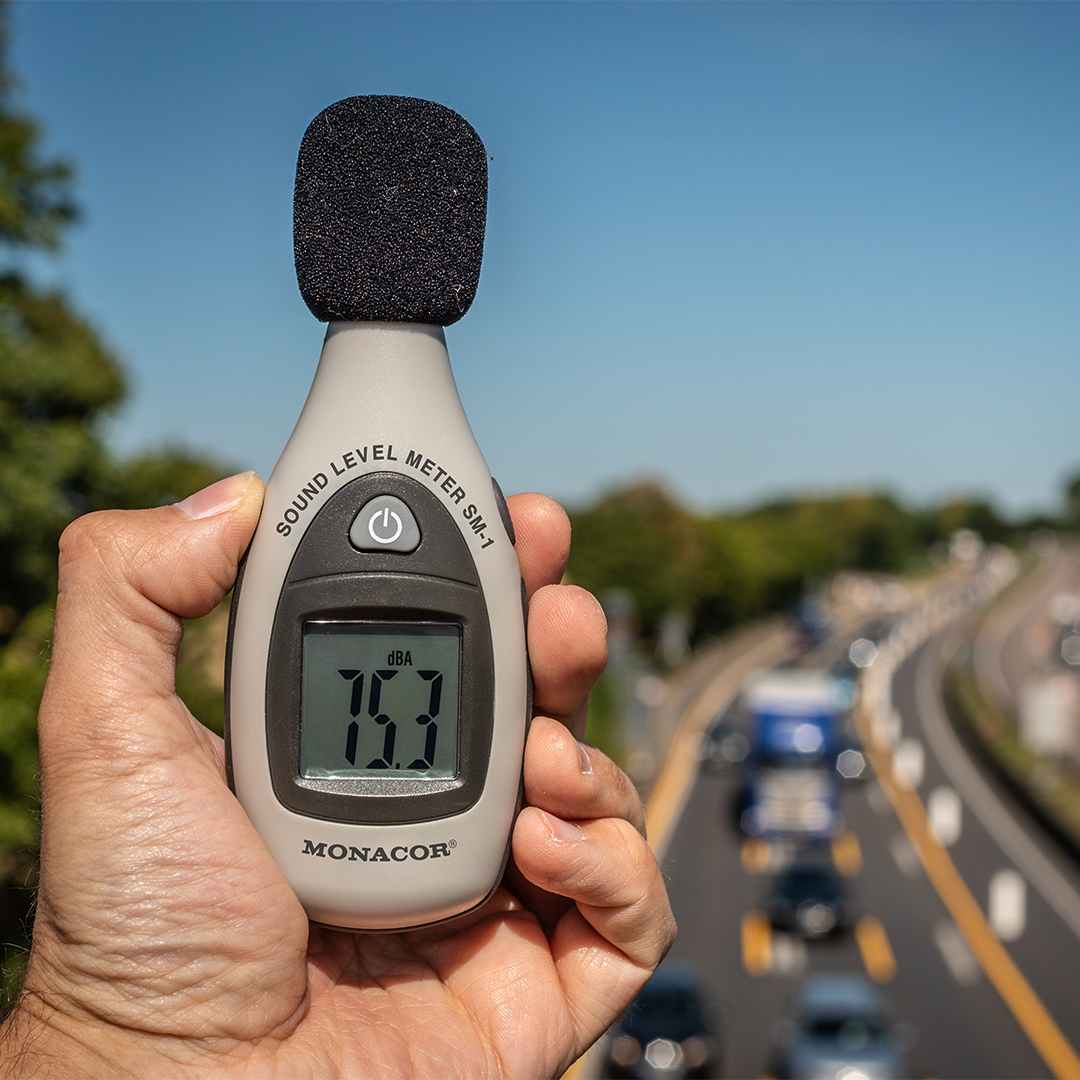To understand this, we need to define the term sound pressure level (SPL for short, sometimes just: sound level). The sound pressure level is measured using a (measuring) microphone in Pascal (Pa). It basically boils down to nothing more than measured pressure fluctuations. Sound pressure is the difference between the pressure of a sound wave and the ambient pressure of the room through which the sound is propagating (usually atmospheric pressure). At this point, we will save ourselves the in-depth side trip to the realm of atmospheric background and different frequencies. The sound pressure level, which is a very complicated value on closer inspection, can be translated into the more easily processed decibel scale in acoustics and electrical engineering. The sound pressure level is therefore also a logarithmic variable with a fixed reference value (so we're back to the human hearing limit, 20 µPa at a frequency of 1000 Hz).
The sound pressure level in decibels for a sound of pressure amplitude P is given by the following relation:
LP = 20 log (P/P0)
Note that the equation still has one undefined variable in the equation, namely P0. This shows once again that decibels are a relative measurement scale. In this case, the measured sound pressure amplitude P is determined relative to the value P0. P0 is the hearing threshold at 1000 Hz.




